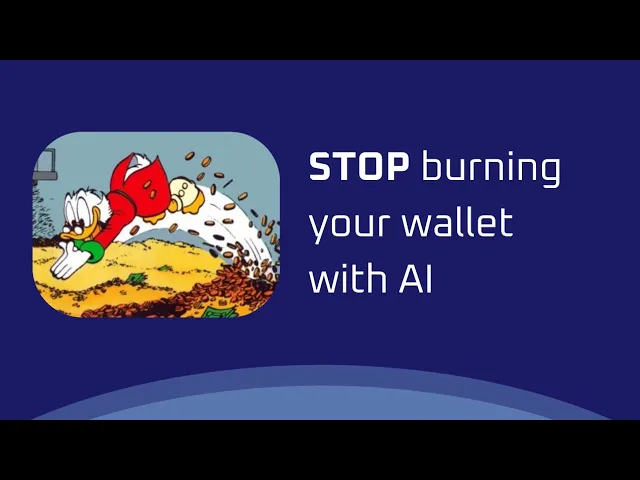Understanding AI Tokens The Currency of Language Models
When interacting with AI language models like GPT-4, you’re engaging in a transaction that’s measured not in dollars and cents—at least not directly—but in units called tokens. Understanding these fundamental building blocks is crucial for anyone looking to manage AI costs effectively.
What Are Tokens?
Tokens are the basic units that language models process. While we think in terms of words and sentences, AI models break down text into smaller fragments called tokens. These tokens can represent words, parts of words, punctuation marks, or other symbols.
Consider this simple example:
“I have an apple.”
To a human, this is a straightforward four-word sentence. To an AI model, this might be processed as four separate tokens: “I,” “have,” “an,” and “apple.” However, tokenization isn’t always this straightforward.
For instance, the sentence “I’m a human” might be tokenized differently:
- It could be broken down as “I’m,” “a,” “human” (three tokens)
- Or as “I,” “am,” “a,” “human” (four tokens)
The specific tokenization strategy depends on the model being used. This matters because you pay for AI based on the number of tokens processed, not the number of words. Understanding token economics is essential for building cost-effective AI systems, as covered in my complete AI engineering career roadmap.
Input vs. Output Tokens
When using language models like GPT-4, tokens fall into two categories, each with different cost implications:
Input Tokens: These represent:
- The user’s message or question
- Any system instructions provided to the model
Output Tokens: These represent:
- The model’s response
A crucial financial detail: output tokens typically cost more than input tokens. With GPT-4, output tokens cost approximately four times more than input tokens. This pricing structure creates interesting cost optimization opportunities and challenges.
Why Tokens Matter for Cost Management
Understanding tokens helps you manage AI costs in several ways:
-
Predicting Expenses: By estimating token usage, you can forecast costs before implementing AI systems at scale.
-
Optimizing Prompts: Efficient prompts that accomplish the same task with fewer tokens directly reduce costs.
-
System Message Efficiency: Since system messages (instructions to the AI) count as input tokens, streamlining them can significantly reduce costs in high-volume applications.
-
Response Length Control: Since output tokens cost more, managing response length has an outsized impact on overall costs.
The Scaling Challenge
The token-based pricing model creates an interesting scaling dynamic. A single interaction might cost pennies, but when multiplied across thousands or millions of interactions, costs can accumulate quickly.
For example, a simple query with a short system message might use only a hundred tokens and cost a fraction of a cent. However, as system messages grow more complex or as the volume of interactions increases, these costs can multiply rapidly.
This is why monitoring token usage is essential for any production AI system. By tracking token counts for system messages, user inputs, and model outputs separately, you can identify opportunities for optimization and avoid unexpected expenses. For practical guidance on implementing these monitoring patterns in production environments, see my production-ready AI applications guide.
From Tokens to Strategy
Understanding tokens transforms how you approach AI implementation:
- System Message Design: Creating concise yet effective system messages becomes a strategic skill.
- Input Optimization: Finding ways to communicate user needs with fewer tokens.
- Output Control: Designing prompts that encourage concise, focused responses from the model.
By viewing tokens as the currency of AI interaction, you gain both technical insight and financial control over your AI systems. For more detailed strategies on managing AI costs and token optimization in real-world applications, explore my comprehensive AI implementation guide.
To see exactly how to implement these concepts in practice, watch the full video tutorial on YouTube. I walk through each step in detail and show you the technical aspects not covered in this post. If you’re interested in learning more about AI engineering, join the AI Engineering community where we share insights, resources, and support for your journey. Turn AI from a threat into your biggest career advantage!

